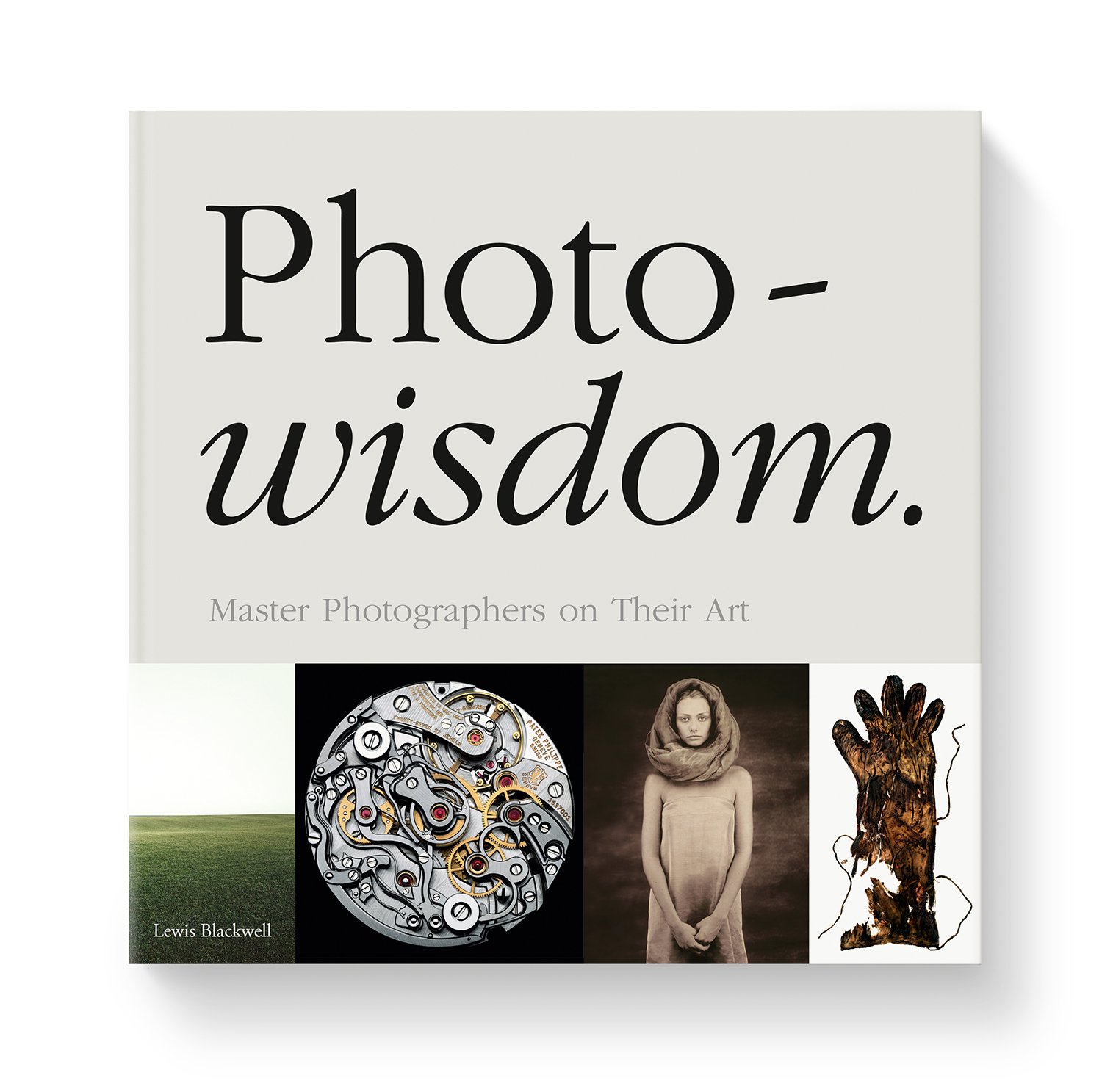Master Photographers on Their Art


I started painting as a young man and graduated from the University of Washington with a degree in painting with a watercolor emphasis. I know this background affected the way I approach color and composition and helps to differentiate my work. I recently returned to painting, and I can see how the two disciplines cross-pollinate.
I enjoy planning my compositions before I leave for a shoot. I enjoy the struggle to make an image conform to my vision, and there is a great rush when it all comes together—the vision, light, the composition.
At first, I was satisfied with a properly exposed, sharp image with a pleasing composition. I knew I had something if it had a “wow” factor, stopping people in their tracks when content and some other factor—light, perspective, a decisive moment—elevated the image. While I still strive for the “wow” factor, I am now more interested in compositional aspects such as negative space and pattern.
I feel I am more of an artist than a documentarian. I am always trying to find new approaches to the same material. Also, I want to uplift people. The problems of the world are always front and center. We need to see and feel that the world is full of wonders worth preserving, and I hope my work contributes to that goal.
I never intended to work as a documentary photographer, but because of the length of my career, I inadvertently collected series of images that show changes in glaciers, bodies of water, and the effects of our civilization on native cultures. I always intended to fashion art from the raw materials of the natural world unmediated by First World culture.
Autofocus has evolved from a convenience to a necessity as my eyes aged. There is always a sense of loss when technology supersedes a hard-won skill such as manual follow focus of a flying bird, but I wouldn’t go back.
The advent of digital photography was liberating. One could explore and play without worrying about film cost, while instant feedback and histograms allow us to work toward a result quickly.
I care more about composition and emotional impact than technique. I always have a set of images in mind when I go out to shoot, often drawing what I intend to capture while still at home. Of course, I am ready to pounce upon serendipitous moments, but realizing what I have imagined is always foremost in my mind.
While I always admired the photography of Ernst Haas, painters really shaped my view of art. I was passionate about the Impressionists when young, but I am now more interested in the work of Abstract Expressionists and other schools of that generation.
More than that, I am a sponge. I am affected by everything I see in the wild or on the streets, in books or on the news. Sometimes a little light goes on, and the ideas flood in.
I always need to evolve, to stretch, to try to create a new way of seeing. I can’t imagine shooting the same subject the same way for a lifetime.
Evolving is all very well, but the rapidly changing business landscape photographers face is a constant challenge. Adapting to change, remaking my business year by year, takes a lot of effort and time I would prefer to spend shooting.
Although I suffer setbacks—cost overruns in my gallery or a weather washout in the field—I don’t consider them failures. Sometimes your guesses don’t work out or the world won’t cooperate. One just goes forward.
My newest project is always my favorite for all time, until the next one. I am just finishing shooting for an exhibit of nudes that are an extension of my landscape and wildlife work—black and white fine art prints. I’m very proud of this work, but soon I’ll be off on another project that will engage my full attention.
My dream project right now: I am envisioning a set of extremely high-resolution prints for an exhibit that would convey the role of man on a changing planet and show how those changes are affecting cultures and their supporting environments worldwide.
From PhotoWisdom: Master Photographers on Their Art by Lewis Blackwell. Copyright by the photographer, reproduced with the permission of the publisher Blackwell & Ruth.
From PhotoWisdom: Master Photographers on Their Art by Lewis Blackwell. Copyright by the photographer, reproduced with the permission of the publisher Blackwell & Ruth.
